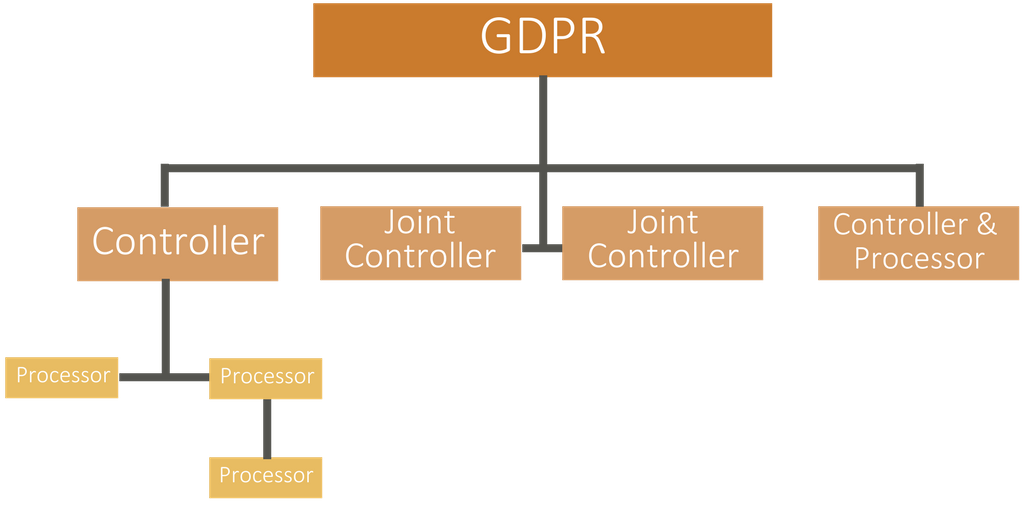
It’s the beginning of a new year, and everyone wants to know what cybersecurity trends to look out for in 2018. 2017 left a lot of destruction in its wake from cybersecurity attacks and high-profile breaches. And while we can’t 100% say what is to come, we’ve compiled a few cybersecurity predictions based on what we do know. Here are five of the top cybersecurity trends for 2018:
Five Cybersecurity Trends to Look Out for in 2018
1. More Major Breaches
We remember several of the top breaches from 2017: Equifax, Uber, and Verizon. These breaches were a result of poor security practices such as patching, outdated systems and applications, and human error. Ransomware was another hot topic in the cybersecurity world in 2017 with WannaCry and Petya. Unfortunately, these types of threats are not a thing of the past. In 2018, we must prepare for similar attacks, ramp up our security defenses, and continue to train employees to recognize such attacks. Additional cybersecurity predictions for 2018 include the potential for international cyber warfare on critical infrastructure, and AI vs AI. With hackers now beginning to use Machine Learning and AI for criminal activity, organizations will need to utilize their own AI tools in order to combat such threats.
2. Stricter Compliance Regulations
On May 25, 2018, GDPR comes into effect, prepared to impose fines for non-compliance of up to €20 million or 4% of annual global turnover – whichever is greatest. Many organizations, particularly in the US, are unaware of how fast and hard this is going to hit them, and as we all scramble to prepare for this coming regulation, we wonder, what else is next? With all of the reported high-profile breaches of 2017, it’s safe to assume that stricter, and more compliance regulations will be a cybersecurity trend to look out for in 2018.
3. Stronger Security Practices
Security professionals should be looking at 2017 for lessons learned when it comes to creating and implementing stronger security practices. Some important security practices to keep in mind as top cybersecurity trends for 2018 are password strength and two-factor authentication, patching, regularly updating anti-virus, monitoring, regularly updating OS and applications, endpoint security, and stronger encryption.
4. Cyber Insurance
Cyber insurance is something that has been around for a while now, but as the financial impact of cyber-attacks continues to rise, many businesses will likely be looking to cyber insurance in 2018. According to the Ponemon Institute, the average total cost of a data breach in 2017 was $3.62 million. Purchasing cyber insurance will help organizations not only with prevention, but also protection, when it comes to cybersecurity.
5. Individual Training
As is important every year, continuing to train the workforce on the ever-evolving cyber-threat landscape will be among the top cybersecurity trends for 2018. A good place to start is by going over cybersecurity predictions for 2018, looking to robust cybersecurity standards such as the NIST Cybersecurity Framework, dedicating a team to looking for updates in the cybersecurity world, and creating a culture of security throughout your organization.
As we’ve seen in years past, we can expect the threat landscape to continue to change and evolve in 2018. By being aware of these cybersecurity trends to look out for in 2018, we can get a head start on preparing and preventing an attack on our organizations. For more information on how your organization can build up your cybersecurity practices, contact us today.




